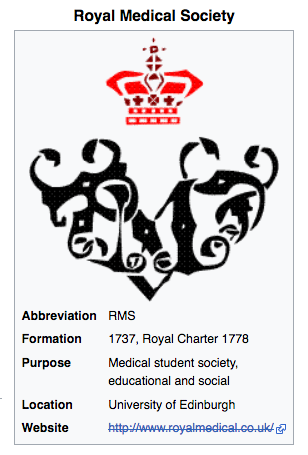Steve Scrutton's Homeopathic Safe Medicine Post
/Wednesday, 9 January 2019
Recent medical news indicating that conventional medicine is dangerous. So why is the public never told about any of it?
The history of conventional medicine is full of failures, horrors and patient disasters. In the 19th century it used techniques like blood letting and blistering, and drugs now recognised to be dangerous, like Laudanum, Calomel and Antimony. Many more pharmaceutical drugs followed during the 20th century, passing through Thalidomide, Fen-Phen, Baycol, Tysabri, Effexor, Avandia, Vioxx, and many, many more, listed on this link, but too numerous to mention here.
Past performance is always the best predictor of future performance.
So are today's drugs, the one's doctors are giving us now, any better? Regular readers of this blog will know that they are not. They are causing side effects, adverse reactions, that are generating the rapid increase of serious chronic illness and disease. Conventional medicine is well aware of this but in their pursuit of profit they are prepared to continue prescribing these dangerous drugs up to the point that doctors can no longer keep the truth from us.
The problem is that the harm being caused by pharmaceutical drugs and vaccines are never publicised. Our doctors, our national health services, our politicians and governments, and the mainstream media organisations, just don't bother to tell us.
So whilst we may be aware of some of the drugs and vaccines that have been banned and withdrawn in the past, few people are aware of the harm present day 'medications' are causing. To demonstrate this, I thought that I would bring together some of the recent news stories, since the recent holiday period, about the dangers that conventional medicine, and pharmaceutical drugs particularly, present to our health, THAT WE ARE JUST NOT TOLD ABOUT.
VACCINE CONTAMINANTS
This article states that there have been hundreds of articles in medical journals that have found stray viruses, aluminum, mercury, etc., in vaccines, and asks whether this happens in error, or is a regular occurrence. It refers to Italian and French researchers who looked at 44 vaccines, and found inorganic contaminants IN EVERY SINGLE ONE!
You will not find this reported anywhere in the mainstream media!
VACCINE BOMBSHELL This article states that a 'confidential' GlaxoSmithKline document, recently leaked to the press, showed that 36 infants had died in the last two years after having received the "6-in-1" vaccine, Infanrix Hexa.
Leaked to the press? Perhaps, but you will not find this reported in the mainstream media either!
MEDICAL SCIENCE DELIBERATELY HIDING HPV VACCINE DEATHS?
Drug manufacturers & regulators accused of concealing harm done to young girls by vaccine, including death permanent injury, and life threatening reactions
Reported just over a year ago, but hidden, dismissed and minimised by medical science - and, of course, censored by the mainstream media.
ANTIBIOTICS LINKED TO FATAL HEART CONDITION The Dr Mercola website has reported this month that Fluoroquinolone antibiotics, prescribed for upper respiratory and urinary tract infections, have been found to increase the risk of aortic dissection, which can lead to death. The article states that these antibiotics have long been associated with 'adverse events' that include psychiatric effects, kidney stones or failure, tendon rupture and retinal detachment leading to blindness.
If you think we might want to know about these dangerous side effects, the mainstream media does not agree. They have never mentioned the new evidence.
These are just some of the articles I have come across since the holiday period. I could provide you with many more (check my Tweets (@stevescrutton), my Facebook page, or my Linkedin page, regularly for these. But the main point is that no-one should ever assume that the pharmaceutical drugs and vaccines that our doctors are giving us today are safe.
If we are not aware of the dangers of today's drugs it is because we are never told about them - until after hundreds, thousands, millions of patients have been seriously harmed by them!
https://safe-medicine.blogspot.com/2019/01/recent-medical-news-indicating-that.html











